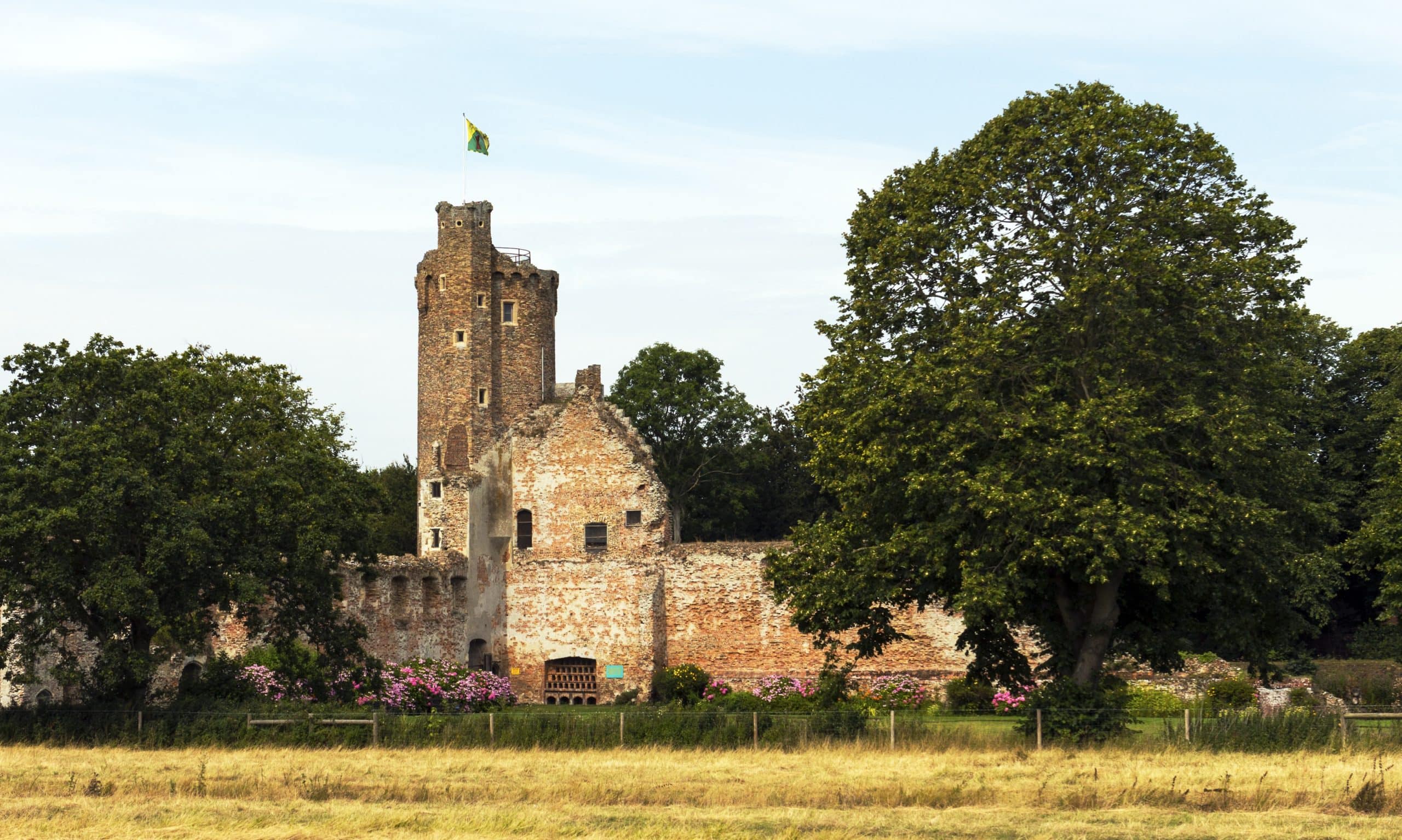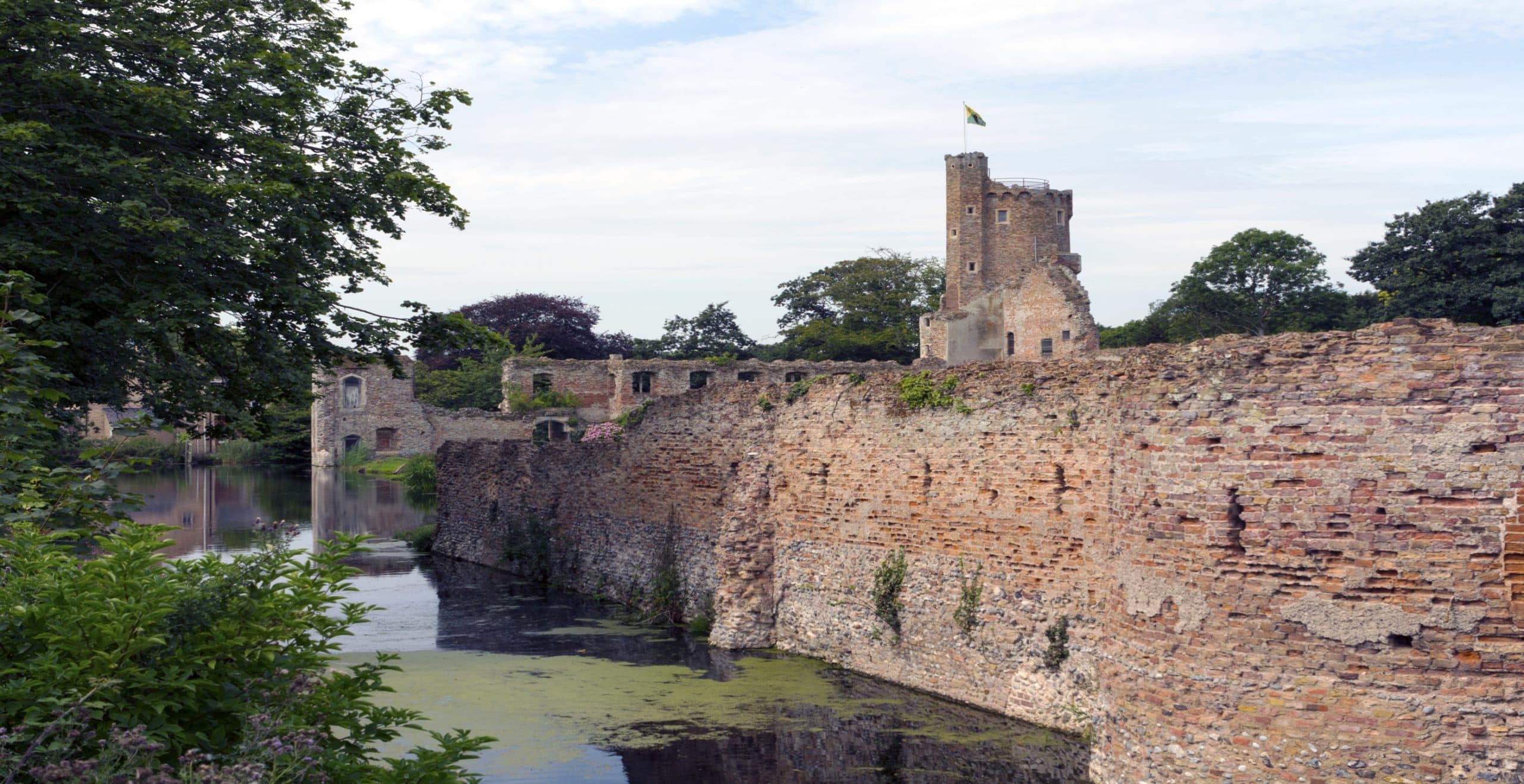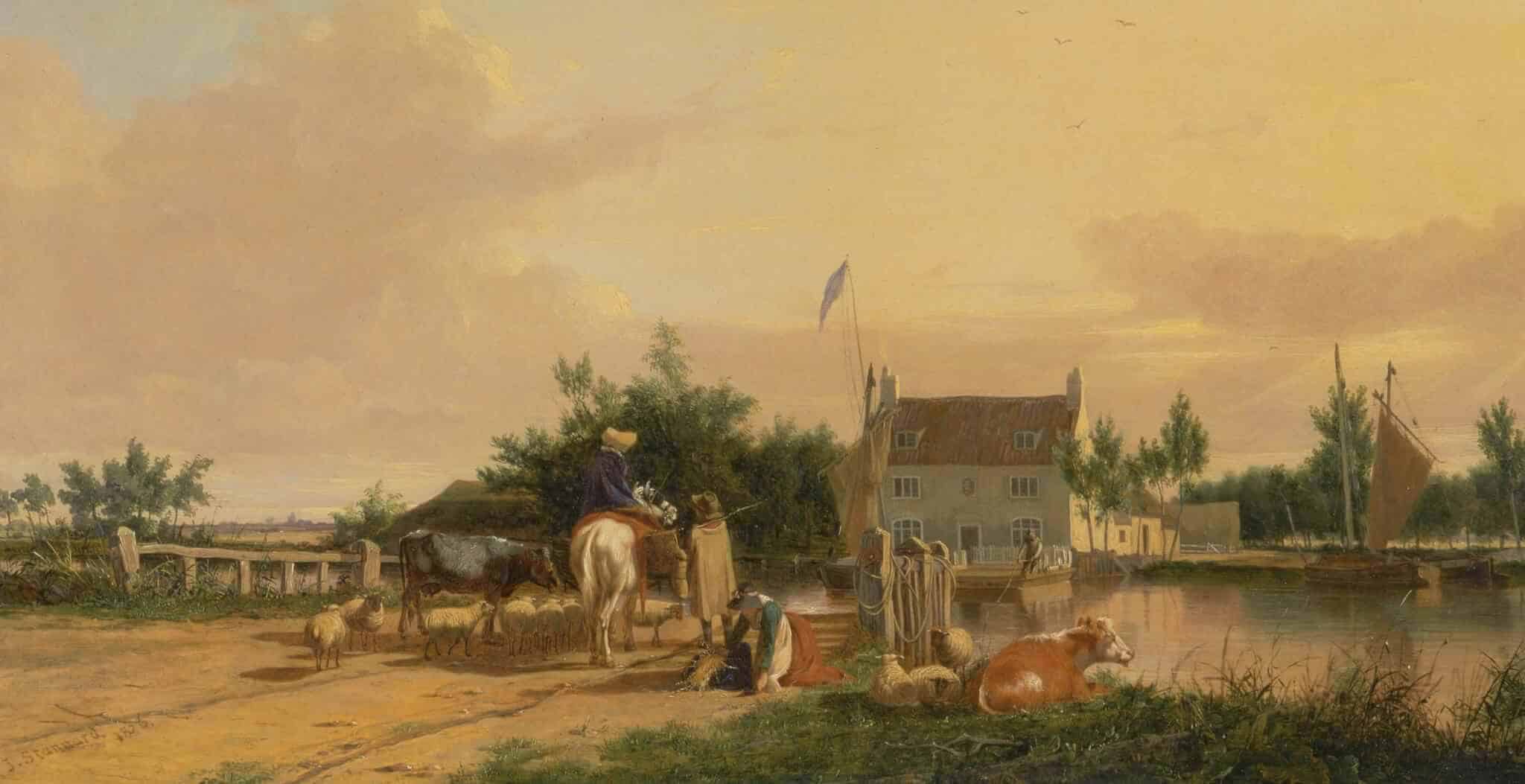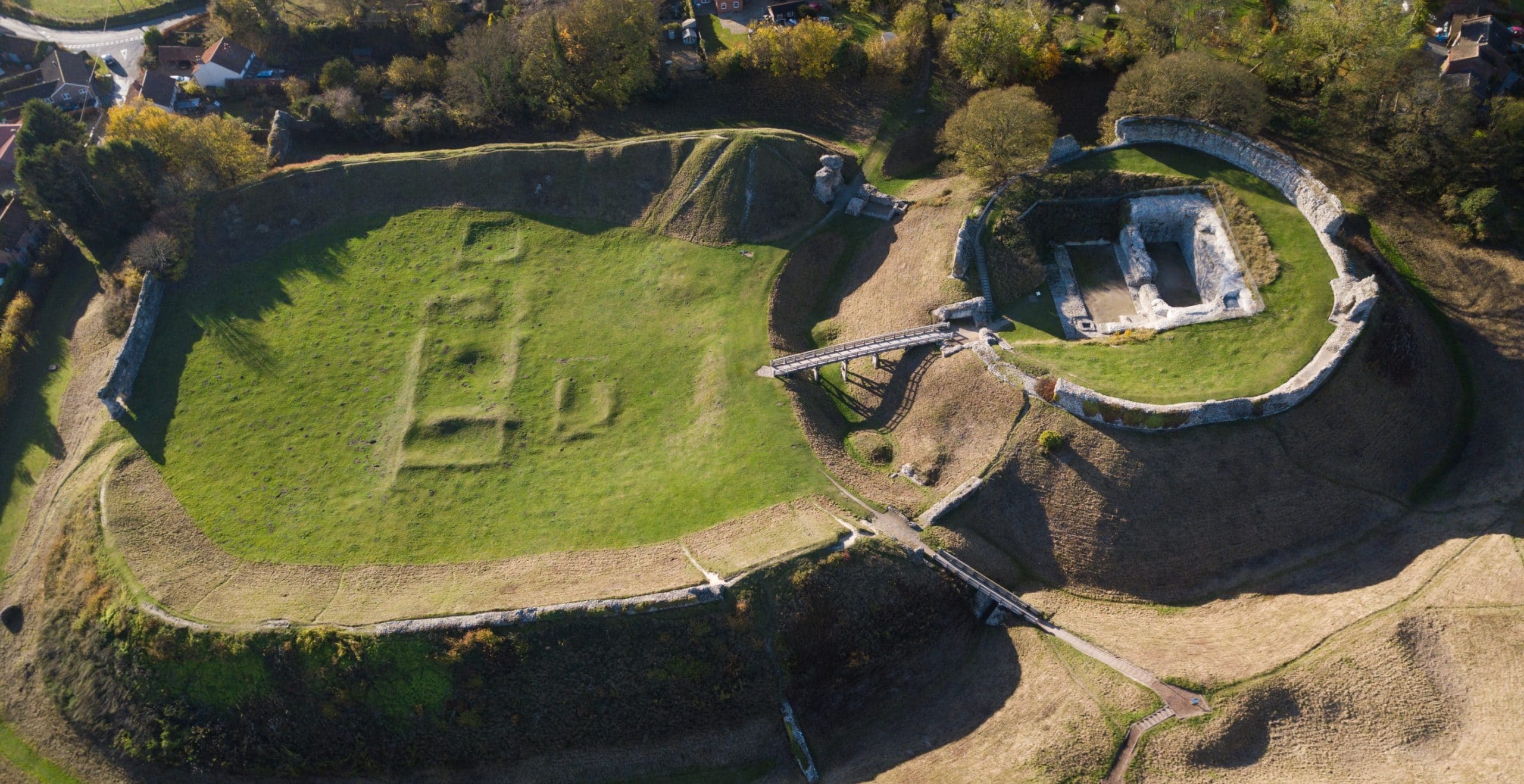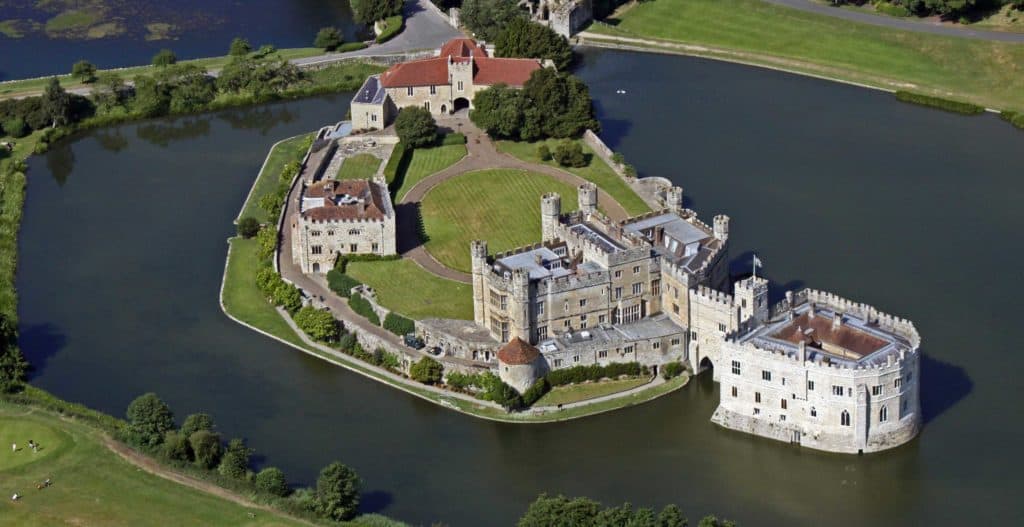Telephone: 01664 567707
Website: https://www.caistercastle.co.uk/castle
Owned by: Caister Castle Trust
Opening times & public access: The castle and adjacent motor museum are open to the public from 10.00-16.30 daily except Saturdays from May-September. Dates vary annually.
The remains of a 15th century brick-built castle, surrounded by a moat. Caister Castle was built by Sir John Fastolf, the inspiration for Shakespeare’s Falstaff, between 1432 and 1446. Caister Castle is also associated with the famous Norfolk family the Pastons, whose letters are an invaluable source of information on life in the 15th century. Sir John Fastolf was a knight with humble origins, much like his stage counterpart, who returned from the 100 Years War with wealth that he invested in this property. This was not uncommon among veterans of the French Wars. Caister was one of the first brick-built structures in England. Its construction was well-documented, and it combines many traditional defensive features with more affluent aspects. Today the main feature is the imposing tower, which can still be climbed.
While the castle was primarily a status building, intended to house a chantry after Sir John’s death so that prayers could be said for his soul, the tower also had defensive features such as machicolations and gun-ports. This 100 ft (33 m) high cylindrical tower also had five levels of comfortable accommodation. Originally the castle had two courtyards and was defended by a moat. Sir John Fastolf died intestate and without direct heirs, and his estate was contested by several people including the Pastons, one of whom was a close advisor to Sir John. The Pastons subsequently occupied and lived in the castle which brought them into conflict with the powerful Duke of Norfolk, another claimant. The castle suffered major damage in 1469, when it was besieged and captured by the Duke. Just 30 Paston men had defended the castle against the Duke’s army of 30,000, and the siege is the subject of many Paston letters. The castle later returned to the Pastons, who sold it to William Crow in 1659. The castle fell into disrepair later in the 17th century, when a new house was built nearby. Today the grounds of the castle are home to the Caister Castle Motor Museum.
